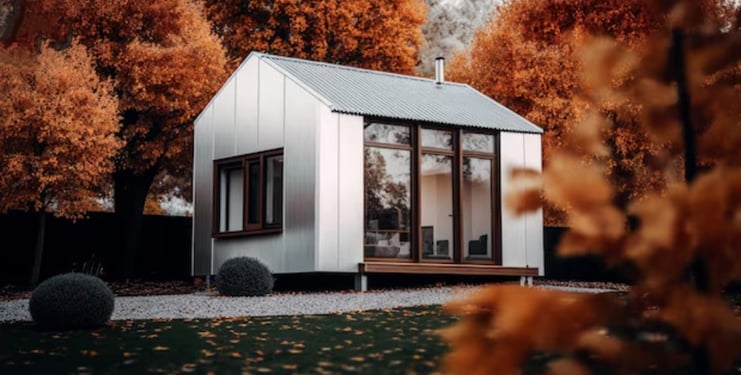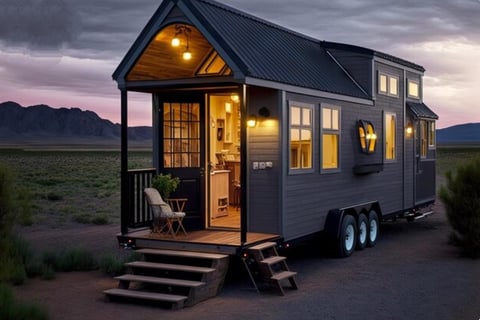
Ultimate DIY Shed Building Guide: Costs, Preparation, and Steps
Building your own shed can be a fulfilling and cost-effective endeavor, providing both practical storage solutions and a sense of accomplishment. This detailed guide explores the process of creating a shed from scratch, answering essential questions about costs, optimal orientation, necessary materials, and crucial preparations.
HOMEFAMILY
Grace Isabella
5/26/20243 min read
Is It Cheaper to Build Your Own Shed?
When considering your shed plans, a primary concern is whether constructing your own shed is more economical than buying a pre-built one. While initial expenses for materials and tools might be significant, the DIY route generally offers savings. You control the choice of materials, design, and labor, which can result in substantial cost reductions.
Optimal Shed Orientation: Direction Matters
Choosing the appropriate direction for your shed is vital for its functionality. Typically, aligning the long side of the shed facing south is recommended. This orientation maximizes sunlight exposure, minimizes shadows, and ensures optimal natural light throughout the day. Good sun exposure also improves ventilation and minimizes moisture-related issues.
How Many 2x4s Are Necessary for a 12x16 Shed?
The exact number of 2x4s required for a 12x16 shed depends on the design and structural specifics of your shed plans. Generally, you'll need about 10–12 2x4s per linear foot of wall. For a four-walled 12x16 shed, this amounts to roughly 320–384 linear feet of 2x4s. However, it’s essential to draft a detailed material list based on your unique shed design and its intended use.
Essential Preparations Before Building Your Shed
Before you start building, thorough preparation is crucial for a successful project:
· Check Local Building Codes: Obtain necessary permits.
· Select a Suitable Location: Consider sunlight, drainage, and accessibility.
· Clear the Area: Remove debris, rocks, and vegetation.
· Develop Detailed Plans: Utilize comprehensive or pre-designed shed plans.
· Gather Tools and Materials: Ensure you have everything you need before starting.
Elevating Your Shed: How High Should It Be?
Proper elevation of your shed is key to avoiding moisture problems and ensuring good ventilation. Ideally, elevate your shed 6 inches to a foot above ground level. You can achieve this using concrete blocks or pressure-treated lumber. This elevation helps prevent water damage and promotes air circulation beneath the shed.
How to Level the Ground Before Building
A stable and level foundation is crucial for the durability of your shed. Follow these steps to level the ground effectively:
· Mark the Perimeter: Use stakes and string to outline the shed’s footprint.
· Remove High Spots, Fill Low Spots: Use compacted gravel to even out the ground.
· Ensure Levelness: Use a level tool to confirm the ground is even.
· Consider a Skid Foundation: Skid foundations or concrete blocks can enhance stability.
· Regularly Check Levelness: Verify evenness throughout the construction process.
Kickstart Your Shed-Building Project Today!
Dive into the rewarding world of DIY construction by handling cost factors, selecting the best shed orientation, determining required materials, making necessary preparations, ensuring proper elevation, and leveling the ground. Adhere to safety guidelines and local regulations as you craft a personalized space that fits your storage needs perfectly.
Explore the potential of DIY shed plans and transform your space today. Whether you're building a practical storage shed or a tiny house, the journey is as rewarding as the final result. Start building your dream shed now!
Connect
info@graciebusiness.com








